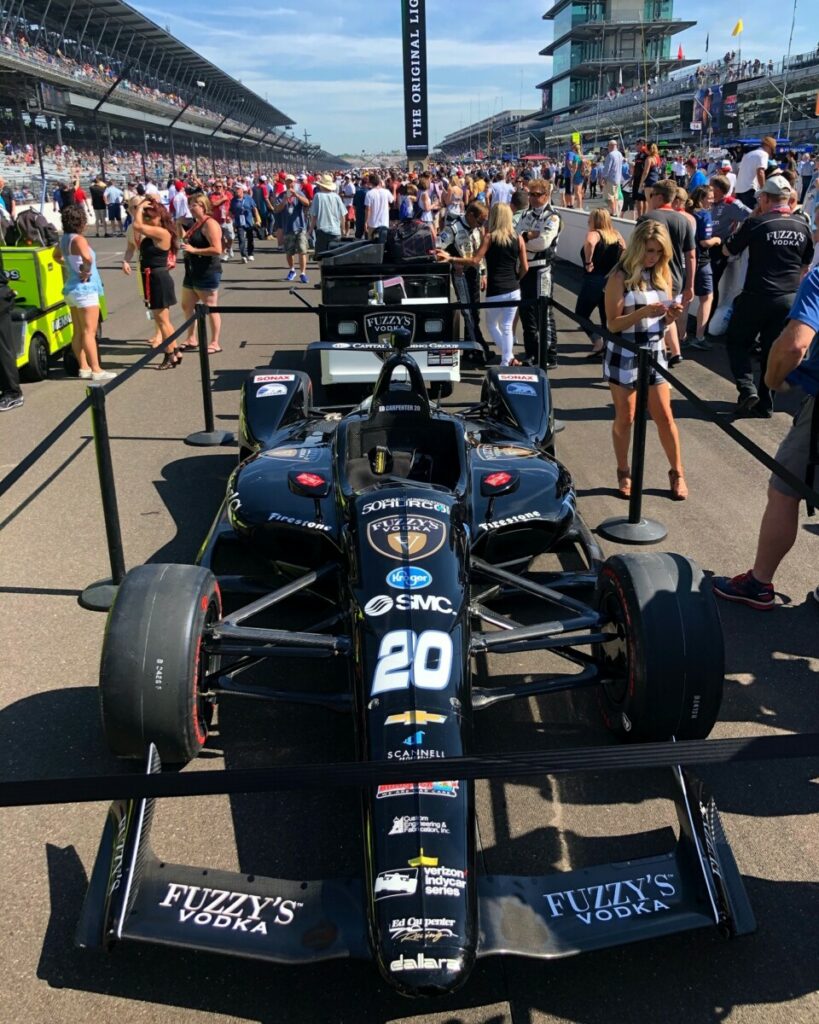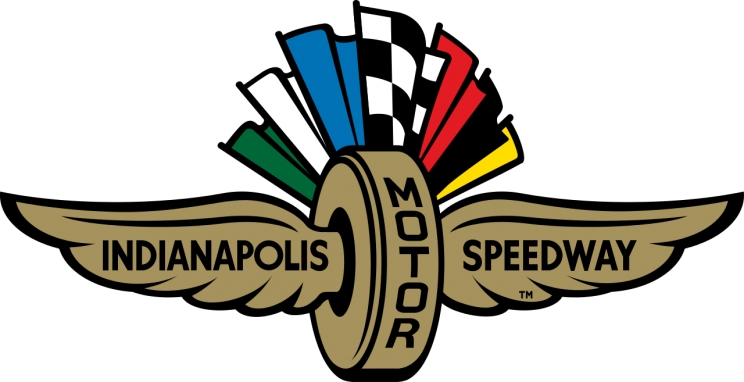I tried to be one of those too-cool, jaded motorsports insiders who said things like “Ferraris are just cars” and “the Indy 500 is just another race.” The truth is, the horse is indeed special and the May in Indianapolis is a national treasure.
I’ve managed to live through a few different eras of the Indy 500. Prior to my memory functioning, there was the USAC-CART fight that set the stage for the formative years of my youth. Lolas, Marches, Penskes and even the occasional Galmer or Truesports cars selected from a series of symphonic Ford (Cosworth), Chevy (Ilmor), Mercedes (also Ilmor), Toyota, and from time to time Alfa, Porsche, and Judd engines.
This period remembers to be the peak of open wheel racing with numerous Andrettis battling numerous Unsers and a few Fittipaldis. It attracted the best in the world including Rahal, Mears, Sullivan, Villeneuve, a reigning World Champion, and the even retirement of AJ Foyt, a driver who defined “Only in America.”
Of course, it got screwed up, but that’s a post for another time.
I recall the IRL/CART split well as I was at the peak of my automotive enthusiasm. One could see this coming if you paid attention, especially as USAC still sanctioned the biggest race of them all, the Indy 500.
The Indy 500 as an icon was beginning to show signs of trouble while I was in college in Indianapolis from 1993 to 1997. Of course I didn’t care at the time because I was a too-cool jaded insider guy.
In 2011, I returned to the Indy 500 for the first time in decades. I found the event a bit flat. The crowd was big, but didn’t seem engaged. The Indy 500 that year felt like a big race, but not a cultural happening. With age knocking the corners off my insider persona, I was worried about the 500.
In fact, we should have been, and still should be concerned.
It is virtually impossible to create the kind of equity that the Indy 500 has built since 1911. In today’s fractured world of media inputs and segmented content, even things that feel like shared cultural experiences pale in comparison to prior definitions of the term.

For example, there are a “staggering” 17.4M viewers of Game of Thrones, currently the best example of a shared cultural experience. Staggering is Google’s word. This of includes HBO, HBO Go, and HBO Now, but let’s assume that’s a US only number. That means only 5% of the US population watched the “staggeringly” popular Game of Thrones.
By comparison, 150M people watched the Apollo 11 moon landing in 1969, at a time when the US population was 202M. This cultural experience was shared by 75% of the country.
The Indy 500 is not the moon landing, but events do not bind us together like they used to. The world is specialized and highly tailored now. I used to watch the mailbox every day for the every other week delivery of On Track Magazine when I was younger as it was the only link to European racing news. Today, I can live stream Chilean Regional Rallycross live ON MY TELEPHONE, a device that used to plug into a wall.
Events do not pull us together like they once did, but the Indy 500 still does. It drives the health and enjoyment of a sport and an industry. Tradition is not mocked, it’s celebrated along with the values of competition, sport, and even our country. It is what’s good about America, and a much needed break from the highly tailored content that segments us. This cannot be lost.
I tear up just thinking about the singing of Back Home Again, a song my Indiana native mother sings along with every year.
I returned to the Indy 500 in 2018, and found maybe the most vibrant happenings I’ve ever seen. The crowd was massive. It was an entirely new generation of younger fan, but one that showed respect and honor to the lifelong Indy 500 veteran from a prior, romantic era.
The event respected tradition with new energy, celebrating the common thread that tied everyone there together. Do I wish the cars were cooler with more innovation and the engines sang like they used to? Yes, but it’s the Indy 500 and it’s firing on all cylinders again with a new, invigorated generation of fans.
Indy in May is a wonderful time like no other in our sport. It drives the health and energy of an industry and must be preserved for future generations, fighting the further segmentation of society.
The shared experience of the Indy 500 is what’s really important. This year, I’ll be sharing in Indy for Carb Day to cheer on a friend in the Freedom 100, then I’ll join the TV audience singing Back Home Again alongside my Mom, probably in tears.
